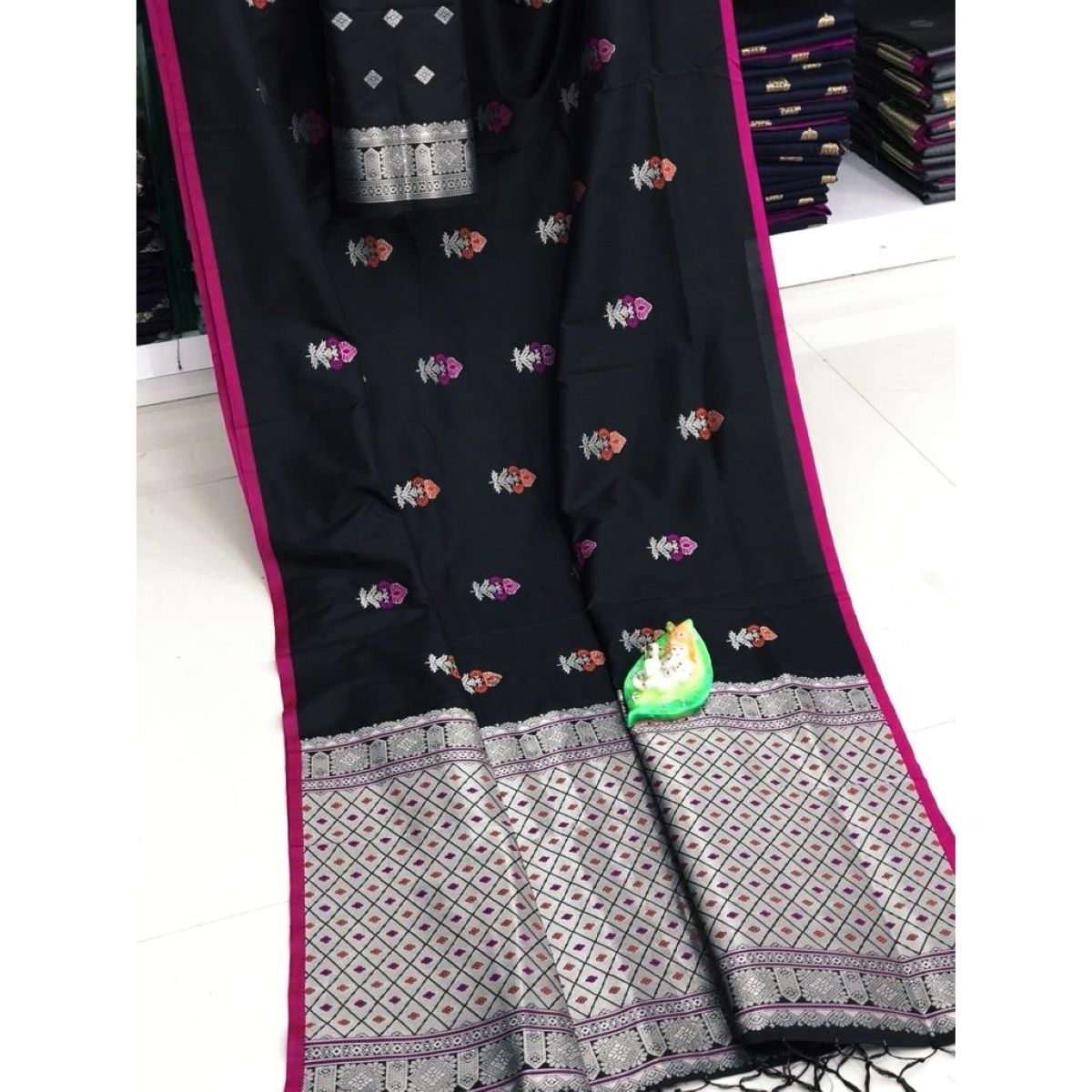

Articles
How To Store Silk Sarees
Modified: April 22, 2024
Learn the best way to store silk sarees to keep them in perfect condition. Read our articles for expert tips and advice on saree storage.
(Many of the links in this article redirect to a specific reviewed product. Your purchase of these products through affiliate links helps to generate commission for Storables.com, at no extra cost. Learn more)
Introduction
Silk sarees are a cherished and timeless symbol of elegance and tradition in many cultures. Whether you’ve recently acquired a beautiful silk saree or have a collection that you treasure, it’s essential to know how to store them properly to ensure their longevity and preserve their beauty.
In this comprehensive guide, we will explore various techniques and tips for storing silk sarees. From understanding the nature of silk sarees to choosing the right storage space and implementing proper folding techniques, we will cover all aspects of proper silk saree storage. So, let’s dive into the world of silk sarees and learn how to take care of these delicate and luxurious garments.
Key Takeaways:
- Properly storing silk sarees is crucial for preserving their beauty and longevity. From preparing them for storage to choosing the right space and using protective covers, every step is essential in safeguarding these cherished garments.
- Regular inspection and maintenance are key in identifying and addressing potential issues early. By following these guidelines, you can ensure that your silk sarees remain stunning heirlooms for generations to come.
Read more: How To Store Sarees
Understanding Silk Sarees
Silk sarees are made from natural silk fibers, which are produced by silkworms. This luxurious fabric is known for its softness, smooth texture, and lustrous sheen. The intricate patterns and designs on silk sarees are often crafted using various weaving techniques, such as handloom weaving or jacquard weaving.
There are different types of silk sarees available, each with its unique qualities and origins. Some popular types include Banarasi silk sarees from Varanasi, Kanjivaram silk sarees from Tamil Nadu, and Dharmavaram silk sarees from Andhra Pradesh.
When it comes to storing silk sarees, it’s important to understand the delicate nature of the fabric. Silk fibers are sensitive to moisture, heat, and sunlight, which can cause the fabric to become discolored, weakened, or even damaged. Therefore, proper storage is key to maintaining the integrity and longevity of silk sarees.
Now that we have a basic understanding of silk sarees, let’s move on to the next section, where we will explore how to prepare silk sarees for storage.
Preparing Silk Sarees for Storage
Before you store your silk sarees, it is essential to ensure they are clean and free from any stains or dirt. Follow these steps to prepare your silk sarees for storage:
- Inspect the saree for stains or spots and address any immediate cleaning needs. If the saree is stained, take it to a professional cleaner or follow the care instructions provided by the manufacturer. Do not attempt to clean the saree at home as improper cleaning methods may damage the fabric.
- Once the saree is clean, allow it to air dry completely. Avoid hanging it in direct sunlight, as this can cause the colors to fade.
- Iron the saree carefully at a low temperature to remove any wrinkles. Be sure to use a pressing cloth to protect the silk fabric from direct heat.
- Consider folding the saree with acid-free tissue paper to prevent creases and maintain its shape. This will also provide an additional protective layer between the folds.
By following these steps, you will ensure that your silk sarees are in the best possible condition before storing them. Now, let’s move on to the next section, where we will discuss the importance of choosing the right storage space for your silk sarees.
Choosing the Right Storage Space
When it comes to storing silk sarees, it’s crucial to select the right storage space to protect them from damage. Here are some factors to consider when choosing the ideal storage space:
- Avoid areas with high humidity or fluctuating temperatures, as these conditions can promote mold growth or cause the silk fibers to deteriorate. Opt for a cool, dry, and well-ventilated space.
- Ensure that the storage area is clean and free from dust and insects. Dust and insects can settle on the sarees and cause damage over time. Regular cleaning of the storage space is essential to maintain a suitable environment.
- Keep the sarees away from direct sunlight. Prolonged exposure to sunlight can fade the colors of the sarees and weaken the fabric fibers. Choose a storage space where the sarees are shielded from sunlight.
- Consider storing the sarees in an enclosed space such as a wardrobe or closet. This will provide an additional layer of protection against dust and insects.
By taking these factors into account, you can create an optimal storage environment for your silk sarees. In the next section, we will discuss the proper folding techniques to maintain the integrity of the sarees while in storage.
Folding Techniques for Silk Sarees
Proper folding is crucial when it comes to storing silk sarees. Follow these folding techniques to keep your sarees in good condition:
- Start by laying out the saree on a clean and flat surface. Smooth out any wrinkles or creases gently.
- Fold the saree lengthwise in half, bringing one end towards the other.
- Now, fold the saree lengthwise again, this time bringing the folded edge towards the open edge. This will create a narrower strip of fabric.
- Beginning from one end, fold the saree in accordion-style pleats, keeping each fold even and smooth.
- Once you have pleated the entire length of the saree, carefully roll it up from one end, keeping the pleats intact. This rolled-up saree will be easier to store and will prevent the pleats from getting flattened or creased.
- Repeat this process for each silk saree you wish to store.
Remember, it’s important to avoid folding the saree too tightly, as this can create unwanted creases. By using these folding techniques, you can ensure that your silk sarees remain wrinkle-free and well-preserved while in storage.
In the next section, we will discuss the use of protective covers for additional safeguarding of your silk sarees.
Read more: How To Store Silk
Using Protective Covers
Protective covers play a vital role in safeguarding silk sarees from dust, insects, and moisture. Here are some tips for using protective covers:
- Use cotton or muslin covers to store your silk sarees. These materials allow the fabric to breathe while providing a barrier against dust and insects. Avoid using plastic covers or bags, as they can trap moisture and potentially cause damage to the sarees.
- Ensure that the covers are clean and free from any chemicals or residues that could transfer onto the sarees. Wash the covers before using them for storage.
- Place each folded saree in an individual cover to prevent them from rubbing against each other and causing friction damage. This will also make it easier to access and retrieve specific sarees without disturbing the others.
- Seal the ends of the covers with a knot or tie to secure the sarees inside and provide an additional layer of protection.
- Label each cover with the name or description of the saree to easily identify them without having to unwrap each one.
By using protective covers, you can keep your silk sarees safe from external elements and ensure their longevity. In the next section, we will discuss how to store silk sarees with accessories.
Store silk sarees in a cool, dry place away from direct sunlight to prevent fading. Avoid hanging them for long periods to prevent stretching, and store them in a breathable cotton or muslin bag to prevent moisture buildup.
Storing Silk Sarees with Accessories
When it comes to storing silk sarees, it’s important to consider not just the sarees themselves but also any accompanying accessories. This includes blouses, petticoats, jewelry, and other embellishments. Here are some tips for storing silk sarees with accessories:
- Keep the blouses and petticoats separately from the silk sarees to prevent any friction or damage to the delicate fabric. Use separate storage containers or compartments specifically designated for these items.
- Ensure that the accessories are clean and properly cleaned before storing them. Follow the care instructions provided by the manufacturer for cleaning and maintenance.
- Store jewelry and embellishments in separate pouches or boxes to prevent tangling and damage. Avoid storing them directly on top of the sarees, as metal accessories can leave imprints or cause snags on the fabric.
- Consider using silica gel packets or moisture-absorbing sachets in the storage containers to prevent any moisture buildup that could potentially damage the accessories or sarees.
By storing the silk sarees and accessories separately and taking proper care of each item, you can ensure that they remain in excellent condition and are ready to be worn whenever needed.
In the next section, we will discuss some essential precautions to prevent insect damage to your silk sarees.
Preventing Insect Damage
Insects can be a major threat to silk sarees and can cause irreversible damage if not properly addressed. Follow these tips to prevent insect damage:
- Before storing your silk sarees, ensure that they are clean and free from any food stains. Insects are attracted to food residues and can be drawn to the sarees if they detect any lingering odors.
- Consider using natural insect repellents, such as cedar balls or lavender sachets, in your storage area. These natural repellents can help deter insects and protect your sarees.
- Avoid using mothballs, as they can leave a strong odor on the sarees. Additionally, mothballs contain harmful chemicals that can damage the fabric.
- Regularly inspect your stored silk sarees for any signs of insect activity. Look out for frass (insect droppings) or small holes in the fabric, as these are indications of insect infestation.
- If you notice any insect activity, take immediate action to address the infestation. Consult a professional pest control service or use natural remedies, such as freezing the saree for a few days, to eliminate the insects.
By adopting these preventive measures, you can minimize the risk of insect damage to your precious silk sarees and ensure their long-lasting beauty.
In the next section, we will discuss how to avoid exposing your silk sarees to moisture and sunlight, which can cause significant damage.
Avoiding Moisture and Sunlight Exposure
Moisture and sunlight can both cause significant damage to silk sarees. Here’s how to protect your sarees from these elements:
- Choose a storage space that is dry and well-ventilated. Avoid areas that are prone to high humidity, such as basements or attics, as moisture can promote mold growth and deteriorate the silk fabric.
- Avoid storing silk sarees in plastic bags or containers, as they can trap moisture and lead to mildew or mold. Instead, opt for breathable storage options such as cotton or muslin covers.
- Store the sarees away from any moisture sources, such as leaking pipes or damp walls. Check the storage area regularly for any signs of water damage or excessive humidity.
- When handling sarees, ensure that your hands are clean and dry. Moisture from your hands can transfer to the fabric and cause damage over time.
- Avoid exposing silk sarees to direct sunlight for prolonged periods. Sunlight can cause the colors to fade and weaken the fabric. If possible, store the sarees in a dark or low-light area.
- If you need to display your sarees, consider using UV-protective glass or screens to shield them from harmful UV rays. This can help preserve the color and integrity of the fabric.
By taking these precautions, you can protect your silk sarees from moisture-related issues and sun damage, ensuring they remain in pristine condition for years to come.
In the next section, we will discuss the importance of regular inspection and maintenance for your silk sarees.
Read more: How To Store Silk Scarves
Regular Inspection and Maintenance
Regular inspection and maintenance play a crucial role in preserving the beauty and integrity of your silk sarees. Here are some tips for properly maintaining and inspecting your sarees:
- Inspect your stored silk sarees at regular intervals to check for any signs of damage or insect activity. Look out for stains, tears, loose threads, or any discoloration that may indicate a problem.
- If you notice any damage, take immediate action to address it. Consult a professional fabric restorer or follow the care instructions provided by the manufacturer for appropriate treatment.
- Handle the sarees with care while inspecting them, avoiding any sharp or rough surfaces that could snag or tear the delicate fabric.
- Avoid hanging silk sarees for long periods, as this can cause stretching and distort the shape of the garment. If you need to hang them temporarily, use padded hangers or wrap them in acid-free tissue paper to minimize stress on the fabric.
- Periodically refold the sarees to prevent permanent creasing. This also helps to distribute any pressure points that may have formed during storage.
- If you plan to wear a stored saree after a long period, air it out before wearing to remove any musty odors that may have accumulated over time.
By regularly inspecting and maintaining your silk sarees, you can catch any potential issues early and address them promptly. This will ensure that your sarees remain in pristine condition and can be enjoyed for years to come.
Now that you have learned the essential techniques for storing silk sarees, you are well-equipped to preserve your cherished collections. Remember to follow these guidelines consistently to maintain the beauty and quality of your silk sarees.
We hope this guide has provided you with valuable insights and helpful tips. Happy storing!
Conclusion
Properly storing your silk sarees is essential for maintaining their beauty and ensuring their longevity. By understanding the nature of silk sarees and following the techniques and tips outlined in this comprehensive guide, you can safeguard your precious garments and keep them in pristine condition for years to come.
From preparing the sarees for storage and choosing the right storage space to implementing proper folding techniques and using protective covers, every step is crucial in preserving the silk fabric and protecting it from damage. Additionally, taking precautions to prevent insect damage, moisture exposure, and sunlight exposure will further enhance the longevity of your silk sarees.
Regular inspection and maintenance are also key in identifying any potential issues and addressing them promptly. By staying vigilant and handling your sarees with care, you can catch any damage or signs of insect activity early on and take the necessary steps to mitigate them.
Remember, silk sarees are not just garments but cherished symbols of tradition and elegance. They deserve proper care and attention to maintain their splendor and to be passed down as heirlooms if desired.
By following the guidelines in this guide and incorporating them into your silk saree storage routine, you can enjoy your beautiful sarees for years to come, ensuring that they remain as stunning as the day you first acquired them.
So, go ahead and give your silk sarees the love and care they deserve. Your efforts will be rewarded with garments that continue to dazzle and delight, with their rich colors and exquisite craftsmanship, for generations to come.
Frequently Asked Questions about How To Store Silk Sarees
Was this page helpful?
At Storables.com, we guarantee accurate and reliable information. Our content, validated by Expert Board Contributors, is crafted following stringent Editorial Policies. We're committed to providing you with well-researched, expert-backed insights for all your informational needs.
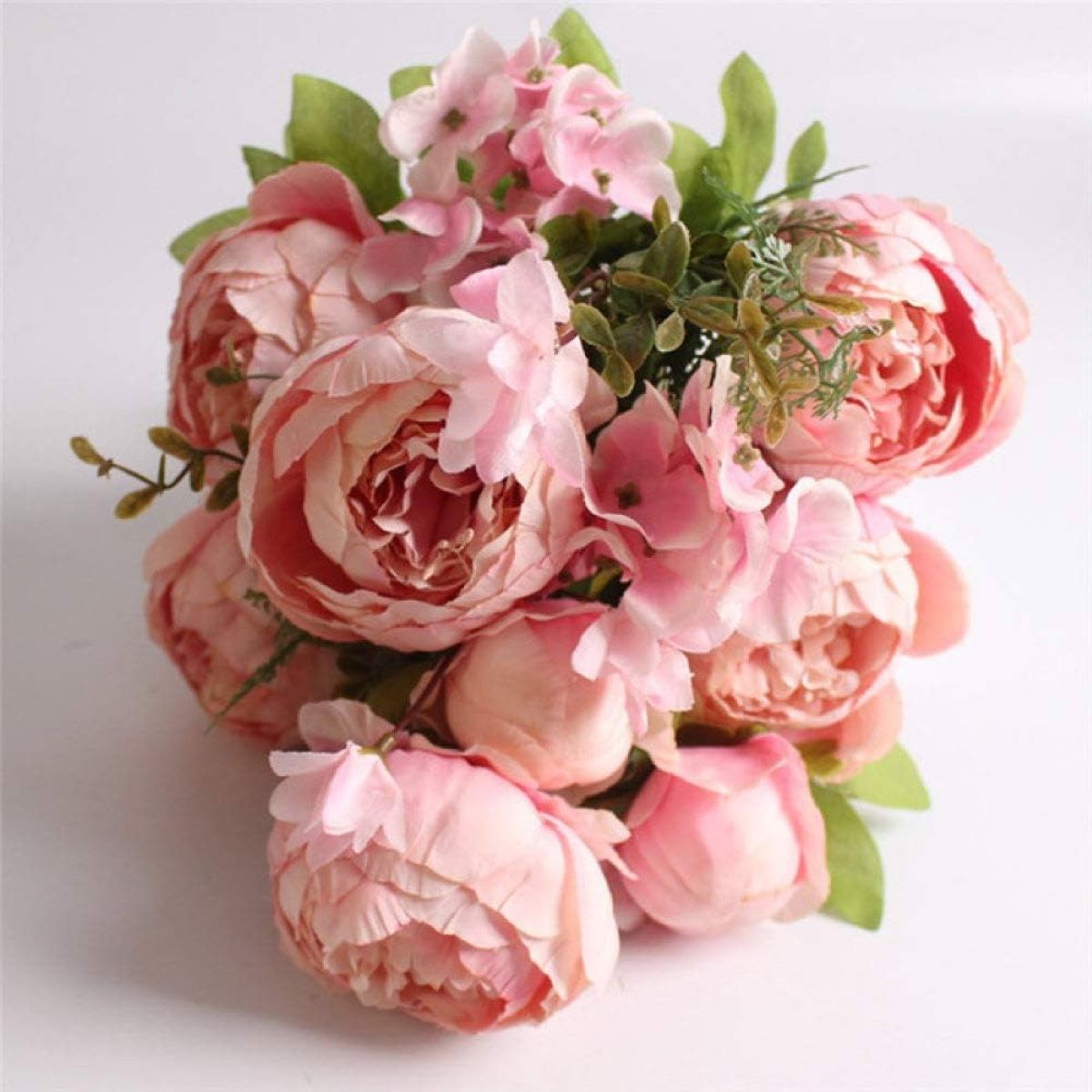
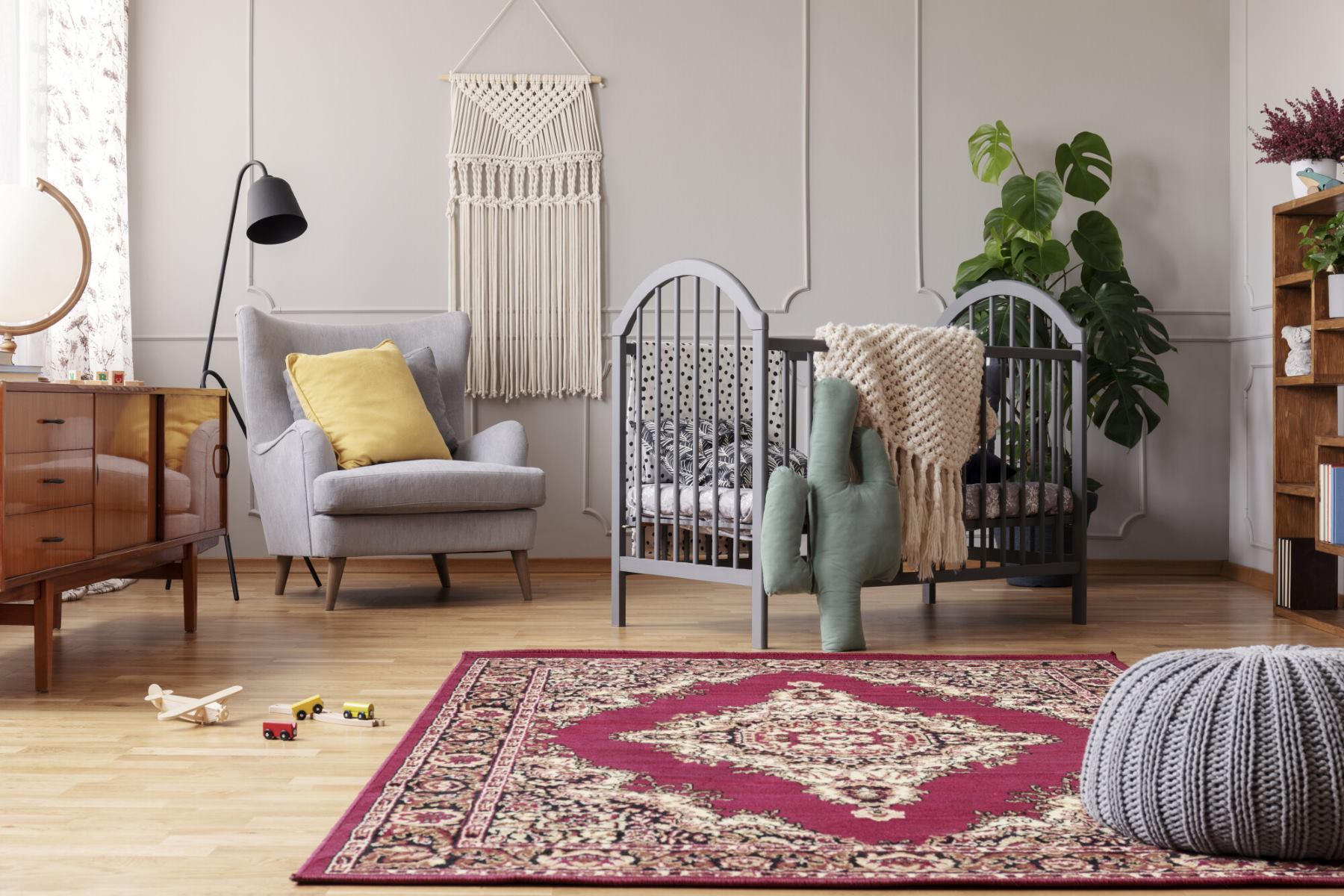



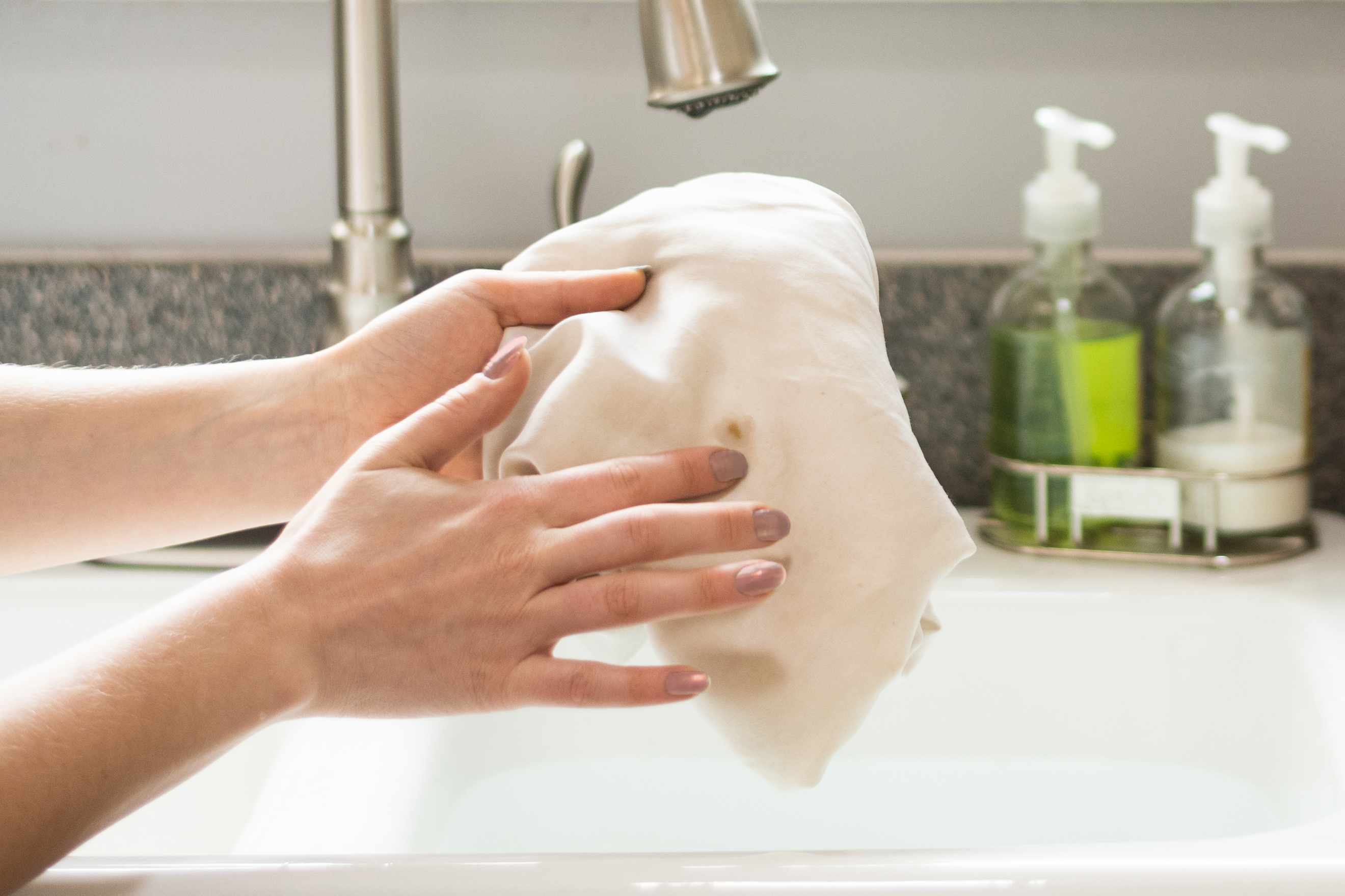

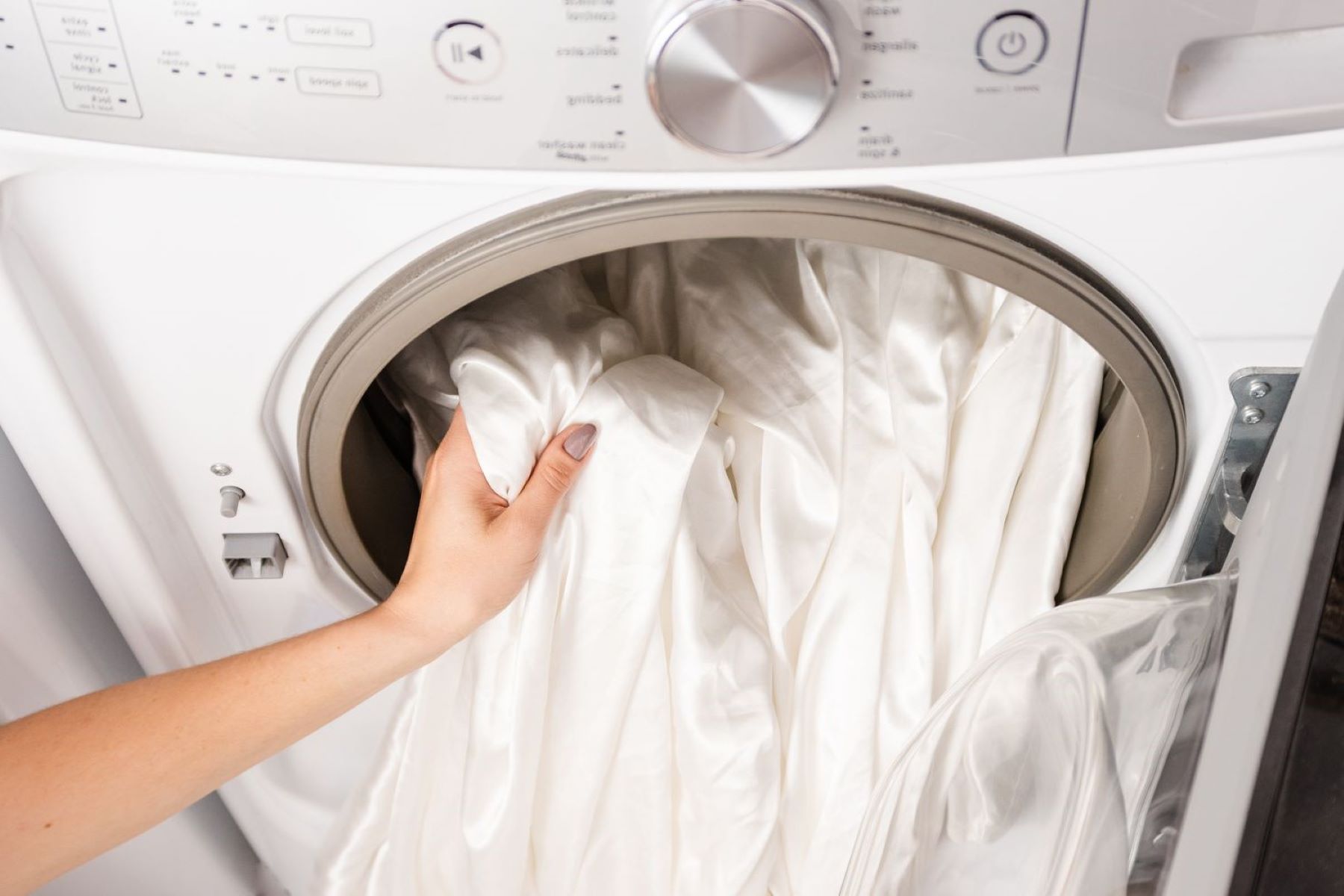



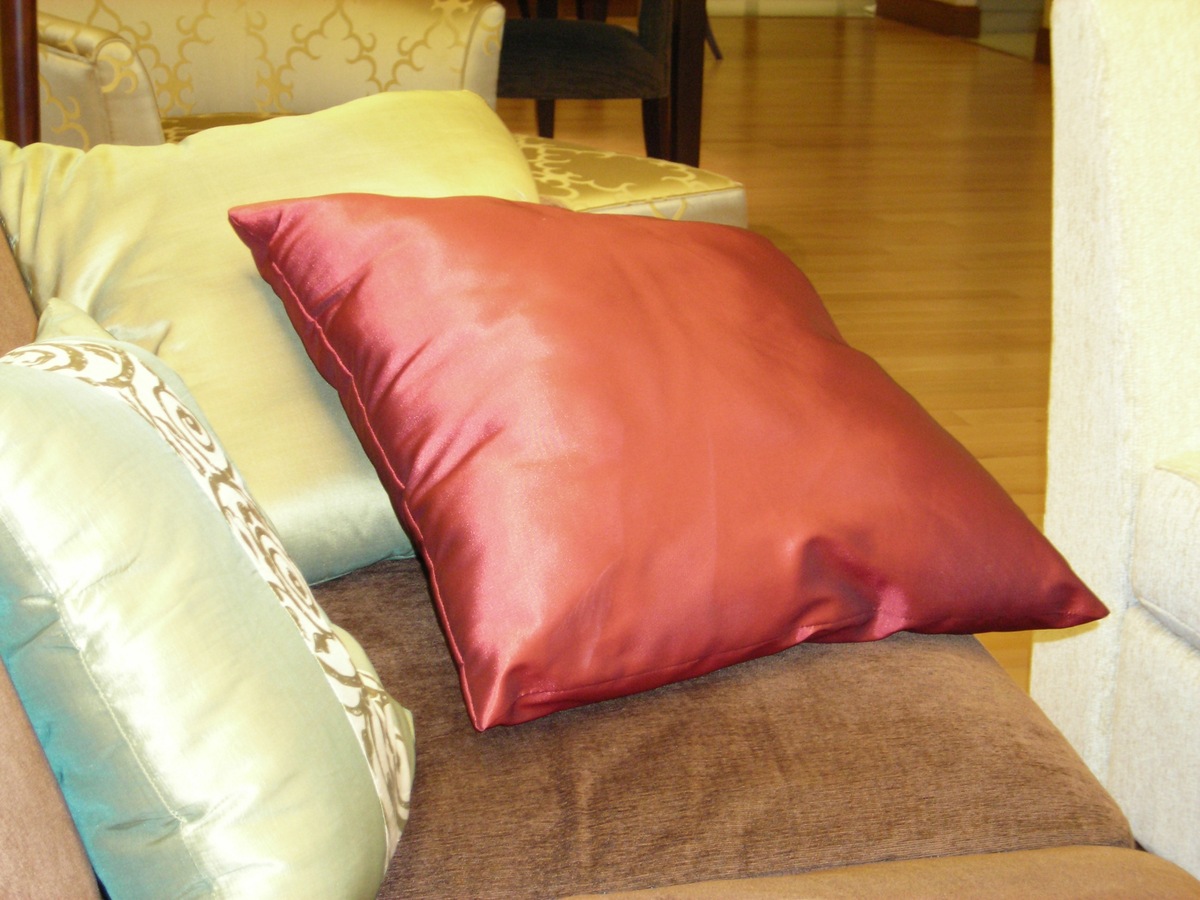


0 thoughts on “How To Store Silk Sarees”